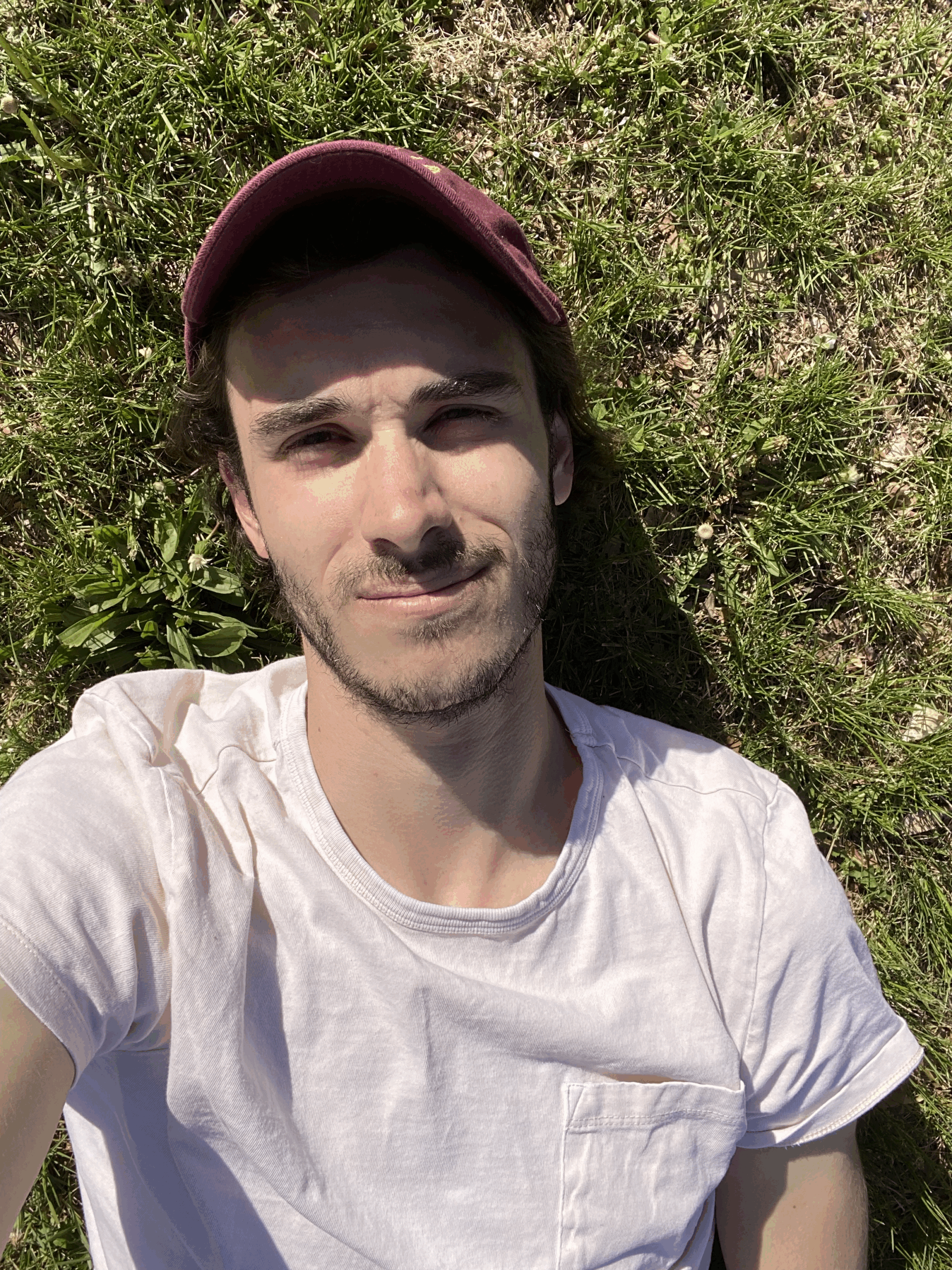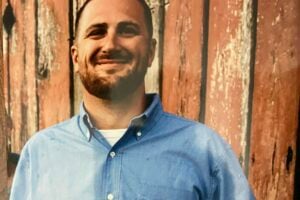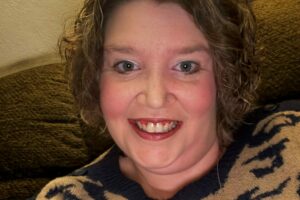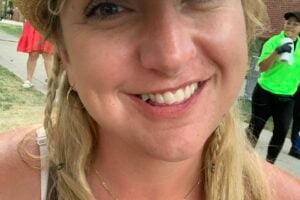In January 2022, at 27 years old, I checked in to the hospital and was treated for a superficial clot in my right leg, along with a minor case of cellulitis, a bacterial skin infection.
Over the next few months, the pains in my leg continued to the point where I could no longer walk. I was put on apixaban and seen by a vascular doctor, but the pains didn’t subside.
In April 2022, I checked in to the hospital where it was found that I had a DVT in my right leg, along with vasculitis, a condition that can trigger blood clots in which the blood vessels become inflamed, causing damage to the vessel walls. The vasculitis was not prioritized at the time but was causing most of my pain. I was placed on rivaroxaban and set up with a hematologist, who diagnosed me with antiphospholipid syndrome (APS).
Over the next two years, I lived my life as normally as I could, though I was still experiencing joint pains and the occasional swelling in my right leg, as well as frequent skin nodules.
In late March/early April 2024, I lost the ability to walk due to the skin nodules and swelling on my right leg. I checked in to the hospital, where it was found that the rivaroxaban had failed, and I had a 2.5-foot-long clot spanning from my ankle to my knee.
I was immediately sent in for a thrombectomy to have most of the clot removed. Along with this, I was switched to warfarin, which I still take to this day.
In October 2024, I was back in the hospital with a major flare-up of vasculitis and was given prednisone and antibiotics to curb the pain.
Now, I see a rheumatologist and dermatologist to treat the vasculitis, and we are trying to determine why it typically flares up with blood clotting.
I’ve had a few drops in my INR which put me back in the hospital in April 2025, but luckily there were no acute DVT findings. It’s a constant battle, but one that brings me closer to an answer with each visit. There are no hereditary traits that relate to my blood clotting. It is 100% random.
I used to be a mountain climber and a lover of contact sports. I can no longer participate in these things due to the risk of bleeding and pain. I’m fatigued more often than other people my age, and my social life has taken a major dip because I am constantly in need of rest between working.
I’ve learned to accept death, as well as put things in perspective. Menial things are silly to me now, and it’s easier not to take everything so seriously. In many ways, I’ve learned to live life with less stress and more peace.
My advice is to seek out help as soon as possible. Don’t wait for things to get worse, and don’t understate all your pain. The more the doctors can understand, the quicker they can help you, even if the constant re-explaining becomes exhausting.




